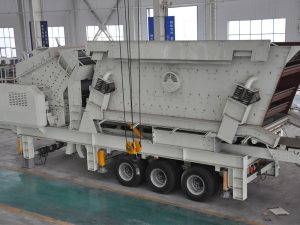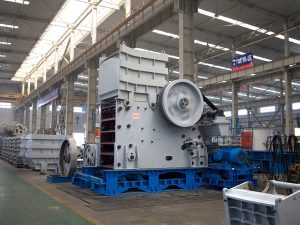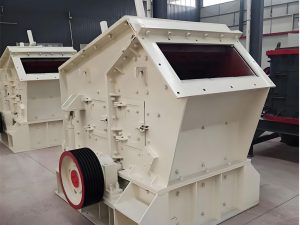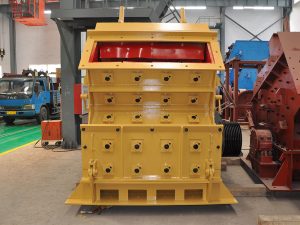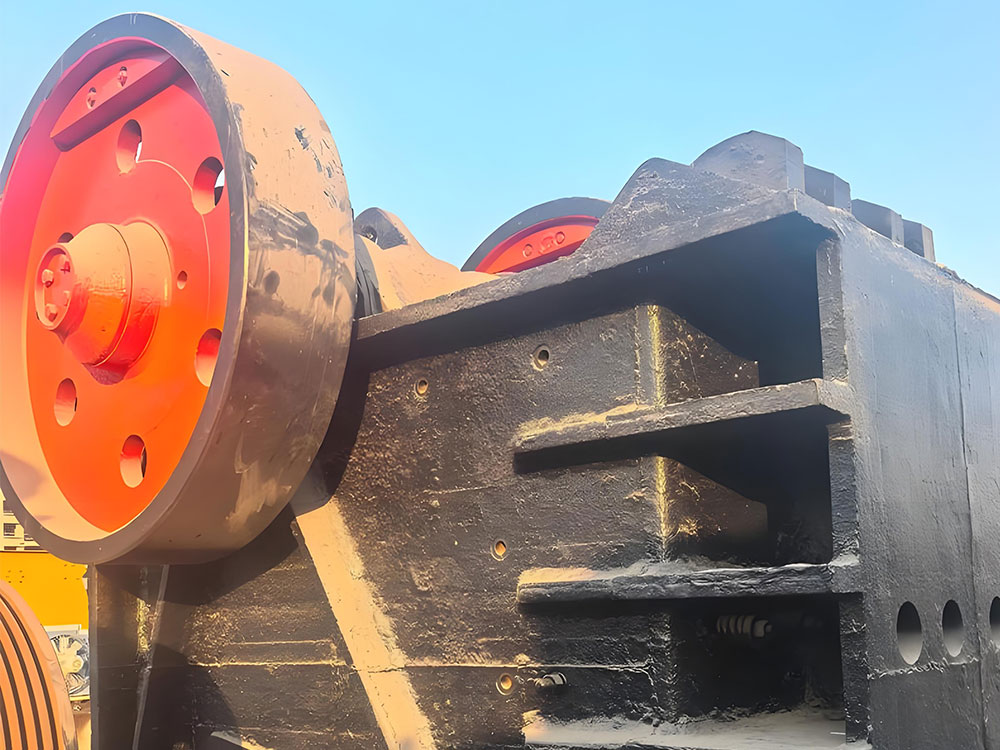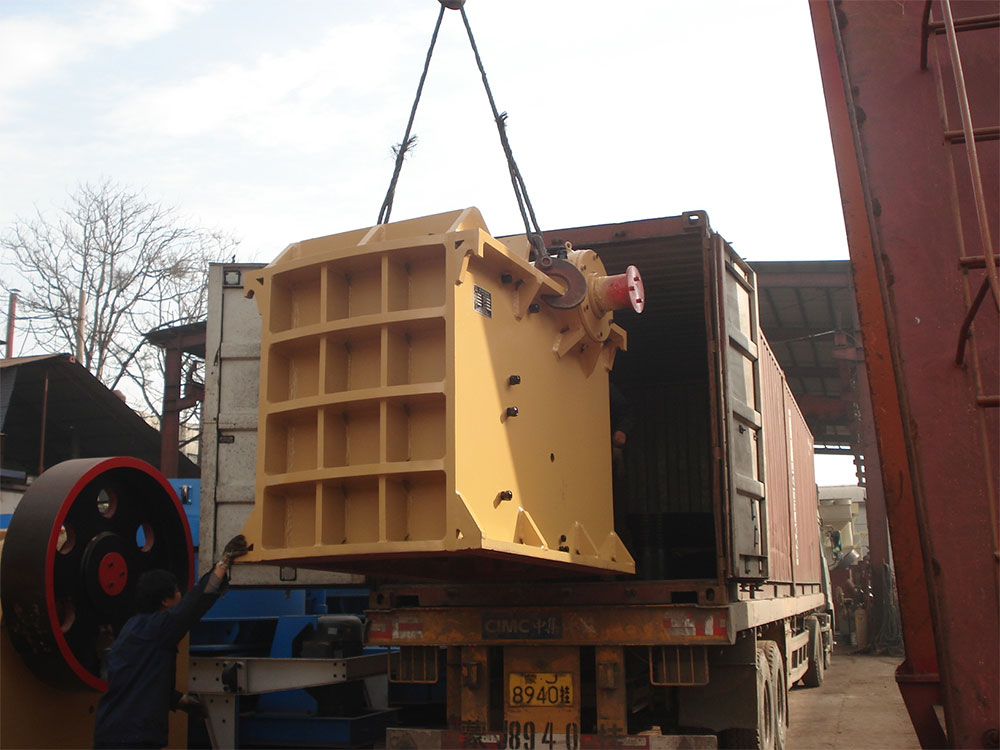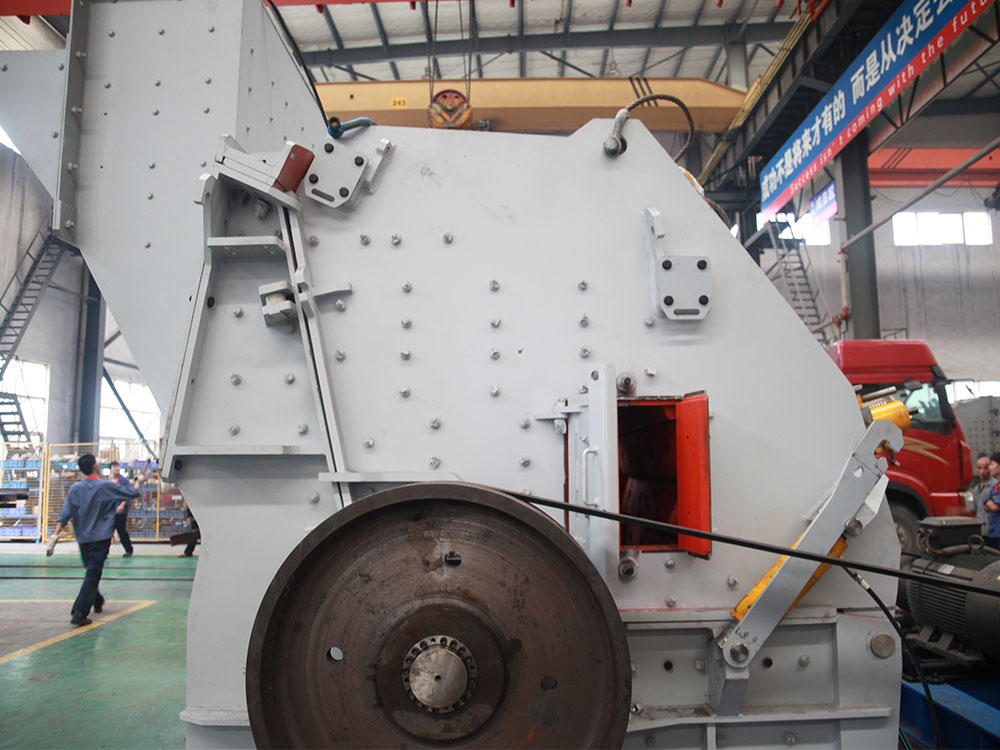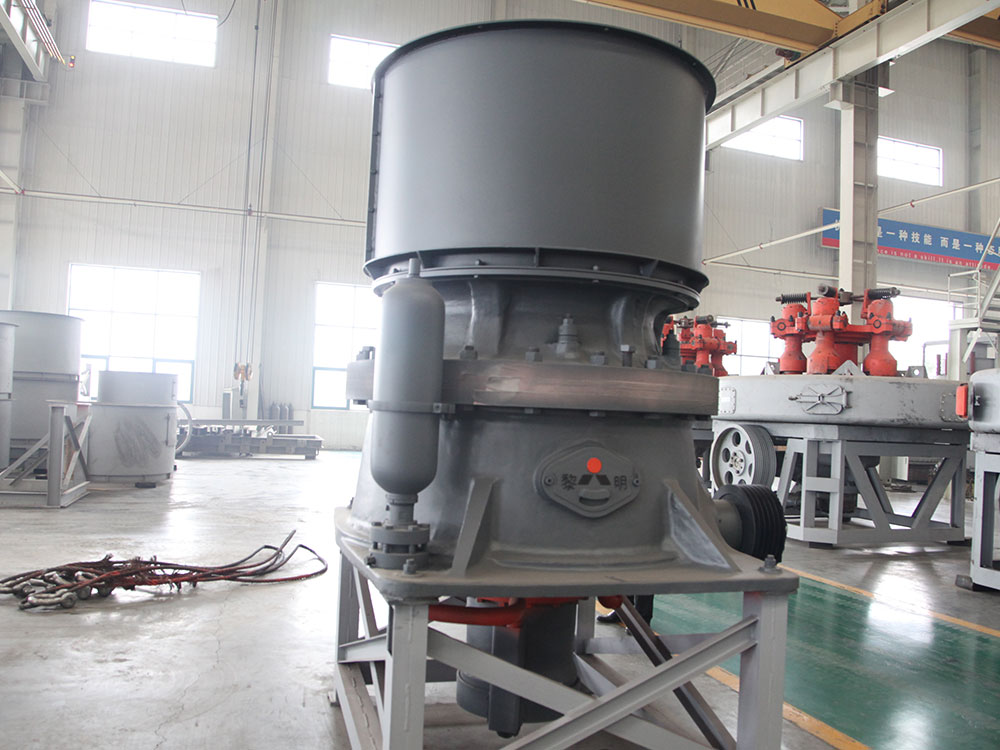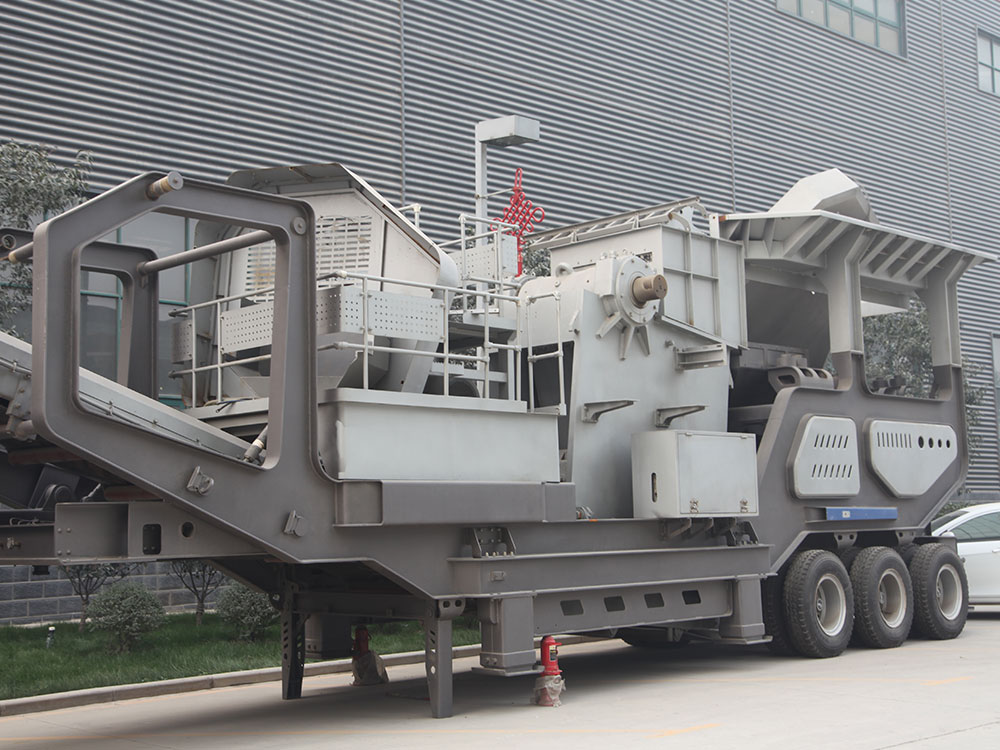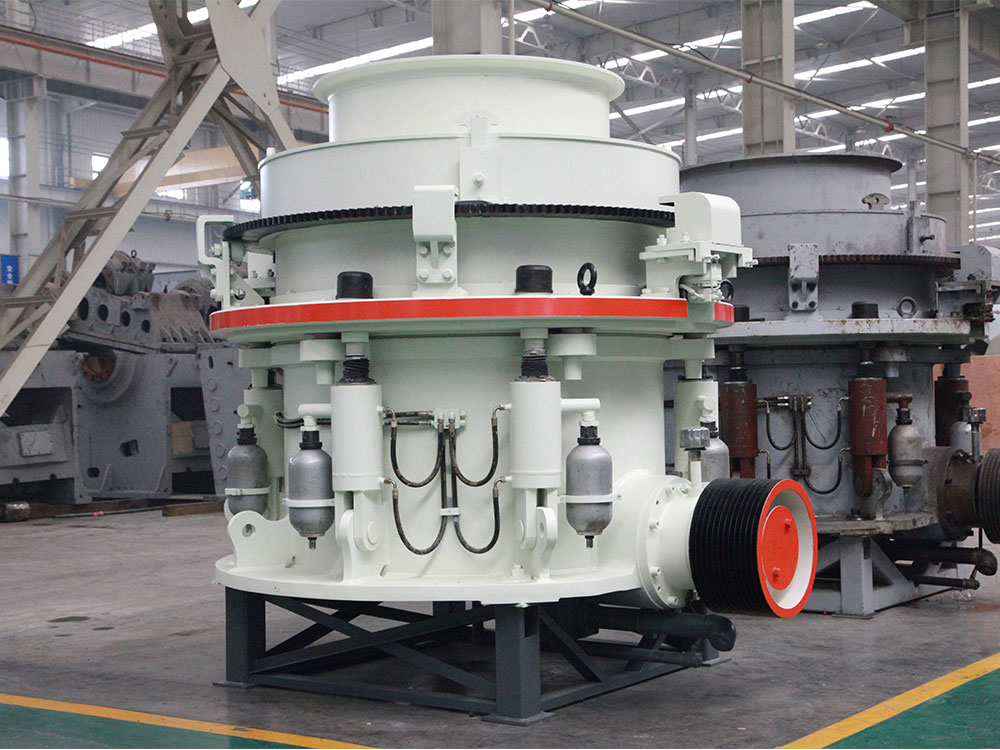I. Basic Information on Potassium Feldspar
Potassium feldspar (chemical formula K₂Al₂Si₆O₁₆), as an important nonmetallic mineral, is widely distributed in nature. It possesses unique crystal structures and physicochemical properties, making it indispensable in numerous industrial applications. Visually, potassium feldspar typically appears in various hues such as flesh-pink, white, or gray, with diverse crystal forms including common plate-like and prismatic shapes. Its moderate hardness, generally ranging between 6 and 6.5 on the Mohs scale, ensures both workability during processing and sufficient structural integrity.
II. Primary Applications of Potash Feldspar
(1) Glass Flux Agent
In the glass manufacturing industry, potash feldspar stands as a critical raw material. Its high Al₂O₃ content coupled with low iron content confers significant advantages during glass melting. Specifically, it effectively lowers the glass melting temperature, reducing energy consumption and production costs. For instance, incorporating an appropriate amount of potassium feldspar into traditional glass production formulas can lower the melting temperature by 50–100°C, substantially shortening the melting time. Furthermore, potassium feldspar reduces the requirement for alkali, a costly and environmentally impactful raw material in glass production. This reduction offers both economic and ecological benefits. Simultaneously, potassium feldspar modulates glass viscosity, enhancing workability during forming processes and improving the quality and uniformity of glass products.
(2) Ceramic Body and Glaze
Body Formulation: In ceramic body production, potassium feldspar plays a crucial role. It reduces shrinkage during drying by regulating internal moisture distribution through its crystal structure and hydration properties, preventing cracking caused by uneven shrinkage. Additionally, potassium feldspar promotes the formation of mullite. Mullite is a mineral characterized by high strength, hardness, and excellent chemical stability. Its formation enhances the density and light transmission properties of ceramic bodies. For instance, in the production of high-end tableware and artistic ceramics, adding an appropriate amount of potassium feldspar can increase the strength of ceramic products by 20%–30% and significantly improve their light transmission, making the ceramics more aesthetically pleasing and functional.
Glazes: Potash feldspar also plays a crucial role in ceramic glazes, typically comprising 10–35% of the composition. Within this range, it significantly enhances the surface luster of ceramics. During high-temperature firing, the feldspar in the glaze forms a smooth, transparent vitreous layer. This layer reflects light, imparting a bright, soft luster to the ceramic surface. For instance, in architectural ceramics production, using glazes containing an appropriate amount of feldspar results in smoother, more lustrous tile surfaces, enhancing the product's market competitiveness.
(3) Potash Fertilizer Raw Material
Potassium is one of the three essential macronutrients for plant growth, playing a vital role in enhancing crop yield and quality. Potassium feldspar can be calcined and reacted with limestone to produce calciner-soluble or water-soluble potassium-calcium fertilizers. This potassium fertilizer is particularly suitable for improving acidic soils. In acidic conditions, potassium becomes less available for plant uptake. Potassium-calcium fertilizers derived from potassium feldspar not only supply ample potassium but also regulate soil pH and enhance soil structure. For instance, in acidic soil regions of southern China, applying potassium-calcium fertilizer derived from potassium feldspar has increased crop yields by an average of 15%–20%. Simultaneously, agricultural product quality has significantly improved—such as enhanced sweetness in fruits and better texture in vegetables.
(4) Other Applications
Potassium feldspar boasts extensive applications beyond the primary uses mentioned above, including as an enamel raw material and grinding wheel binder. In enamel production, potassium feldspar enhances the adhesion and corrosion resistance of the enamel layer, making enameled products more durable. In grinding wheel manufacturing, potassium feldspar acts as a binder to firmly hold abrasive particles together, improving the wheel's strength and wear resistance. Furthermore, potassium feldspar can be processed into ultrafine powder for extensive use in rubber, metallurgy, and other industries. In the rubber industry, potassium feldspar ultrafine powder serves as a filler to increase the hardness and wear resistance of rubber products. In metallurgy, it functions as a flux to facilitate metal melting and separation.
III. Crushing Process Flow
During purification, potassium feldspar undergoes multiple stages of crushing and beneficiation to ensure its purity and quality meet the demands of various industrial sectors. The core steps of the potassium feldspar crushing process are outlined below:
(1) Crushing Stage
Coarse Crushing: This initial stage typically employs jaw crushers. Jaw crushers offer advantages such as simple structure, easy operation, and high crushing ratio. They reduce raw ore to a particle size ≤150mm, providing suitable feed size for subsequent crushing stages. For instance, in a large feldspar mine, a jaw crusher can process hundreds of tons of raw ore per hour, breaking large feldspar blocks into smaller particles for easier handling by downstream equipment.
Medium and Fine Crushing: After coarse crushing, the ore enters the medium and fine crushing stage, primarily utilizing cone crushers or impact crushers. Cone crushers are suitable for crushing harder ores, further breaking them down through the rotational and compressive forces of the cone; while impact crushers utilize the impact between high-speed rotating blow bars and impact plates to break the ore, offering high crushing efficiency and uniform product particle size. After medium and fine crushing, the ore is reduced to a particle size of ≤20mm, preparing it for subsequent grinding and classification processes.
(2) Grinding and Classification
Grinding and classification are critical steps in the potassium feldspar purification process. Typically, ball mills are paired with spiral classifiers or hydrocyclones. Ball mills grind the ore using the rolling and impact action of steel balls, while spiral classifiers or hydrocyclones separate particles based on size and density. During this process, particle size must be controlled so that particles smaller than 0.074mm constitute over 60% of the output to achieve single-particle liberation. Disintegration refers to the thorough separation of useful minerals from gangue minerals within the ore, creating favorable conditions for subsequent separation and impurity removal processes. For instance, precise control of the grinding and classification process enables the complete separation of potassium feldspar minerals from other minerals in potassium feldspar ore, enhancing the efficiency and purity of subsequent mineral processing.
(3) Ore Washing and Desliming
Potash feldspar ore often contains clay and fine silt, which degrade the quality and purity of the feldspar. Therefore, washing and desliming processes are essential to remove these impurities. Typically, vibrating screens or washing troughs are employed for these operations. Vibrating screens separate larger ore particles from clay and silt through the vibrating action of the screen mesh; while washing troughs utilize water flow to flush away clay and fine silt. After washing and desliming, iron content can be reduced by over 30%, effectively enhancing the purity of the potassium feldspar. For instance, at one potassium feldspar processing plant, the iron content in the ore was reduced from the original 2% to below 1.4% through washing and desliming, significantly improving the quality of the potassium feldspar product.
(4) Separation and Impurity Removal
Magnetic Separation: Magnetic separation utilizes differences in mineral magnetic properties for separation. In potassium feldspar processing, wet strong magnetic separators (magnetic field strength ≥1.2T) are typically employed to remove magnetic impurities like mica and limonite. Wet strong magnetic separators offer advantages such as high separation efficiency and large processing capacity. As ore passes through the magnetic separator, magnetic impurities adhere to the machine's magnetic poles, while non-magnetic potassium feldspar minerals pass through unimpeded, achieving separation of impurities from feldspar. For instance, magnetic separation can reduce mica content in potassium feldspar ore from 5% to below 1%, enhancing feldspar purity.
Floating: Floating separates useful minerals from gangue by exploiting differences in surface physicochemical properties. Flotation agents are added to make useful minerals adhere to bubbles. In potassium feldspar flotation, the process typically occurs under acidic or alkaline conditions. Using amine collectors effectively removes mica. For instance, under alkaline conditions, amine collectors selectively adsorb onto mica surfaces, causing mica to float on bubbles while feldspar remains in the pulp, achieving separation. This flotation process further enhances feldspar purity to meet diverse industrial requirements.
Acid Leaching: Acid leaching utilizes chemical reactions between acids and impurities within minerals to dissolve unwanted components. In potassium feldspar processing, concentrated sulfuric acid or oxalic acid is typically employed to dissolve fine iron minerals. This process operates under specific temperature and concentration conditions. By controlling reaction time and acid strength, iron removal rates exceeding 90% can be achieved. For instance, post-acid leaching, iron content in potassium feldspar ore can be reduced from 0.5% to below 0.05%, significantly enhancing product quality.
Potassium feldspar, as a vital non-metallic mineral, holds broad application prospects. Through scientifically sound crushing processes, the purity and quality of potassium feldspar can be effectively enhanced to meet the demands of diverse industrial sectors, thereby providing robust support for the development of related industries.


